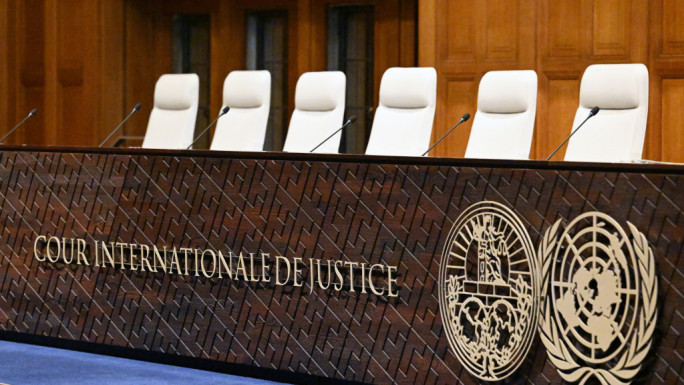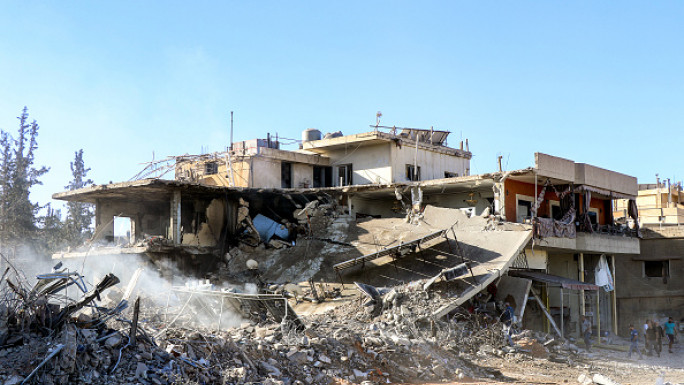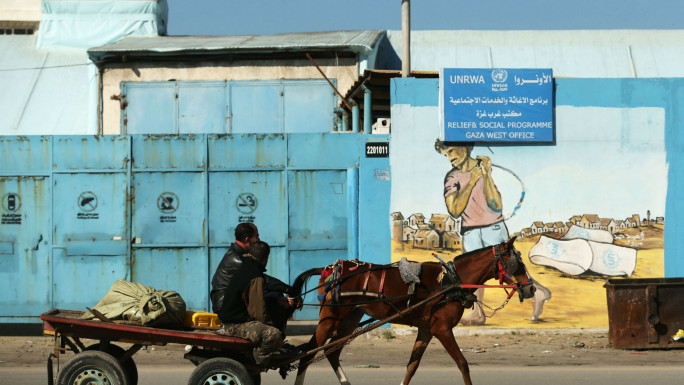
More than 10 million people living in Pakistan’s flood-affected areas still lack access to safe drinking water

Six months after catastrophic floods struck Pakistan, more than 10 million people, including children, living in flood-affected areas remain deprived of safe drinking water, leaving families with no alternative but to drink and use potentially disease-ridden water.
Even before the floods, despite the country’s drinking water supply system covering 92 percent of the population, only 36 percent of the water was considered safe for consumption.
"Safe drinking water is not a privilege, it is a basic human right"
The floods damaged most of the water systems in affected areas, compelling more than 5.4 million people, including 2.5 million children, to solely rely on contaminated water from ponds and wells.
“Safe drinking water is not a privilege, it is a basic human right,” said UNICEF Representative in Pakistan, Abdullah Fadil.
“Yet, every day, millions of girls and boys in Pakistan are fighting a losing battle against preventable waterborne diseases and the consequential malnutrition. We need the continued support of our donors to provide safe water, build toilets and deliver vital sanitation services to these children and families who need them the most.”
The prolonged lack of safe drinking water and toilets, along with the continued proximity of vulnerable families to bodies of stagnant water are contributing to the widespread outbreaks of waterborne diseases such as cholera, diarrhoea, dengue, and malaria.
At the same time, open defecation has increased by more than 14 percent in flood-affected regions. To make matters worse, the lack of proper toilets is disproportionally affecting children, adolescent girls and women who are at added risk of shame and harm when defecating outdoors.
|
Unsafe water and poor sanitation are key underlying causes of malnutrition. The associated diseases, such as diarrhoea, prevent children from getting the vital nutrients they need.
Moreover, malnourished children are more susceptible to waterborne diseases due to already weakened immune systems, which simply perpetuates a vicious cycle of malnutrition and infection.
"It is imperative that the voices and the needs of children in Pakistan are prioritised at all costs and that children are placed at the heart of all post-flood recovery and resilience plans"
Tragically, a third of all child deaths globally are attributable to malnutrition and half of all undernutrition cases are linked to infections caused by a lack of access to safe water, adequate sanitation and good hygiene.
In Pakistan, malnutrition is associated with half of all child deaths. In flood-affected areas, more than 1.5 million boys and girls are already severely malnourished, and the numbers will only rise in the absence of safe water and proper sanitation.
“It is imperative that the voices and the needs of children in Pakistan are prioritised at all costs and that children are placed at the heart of all post-flood recovery and resilience plans,” said Fadil.
Six months after the devastating floods, more than 9.6 million children still require access to essential social services. UNICEF’s current appeal of US$173.5 million to provide life-saving support to women and children affected by the floods remains less than 50 percent funded.
Millions of people remain displaced, and those who have been able to go back home are often returning to damaged or destroyed homes and mud-covered fields that cannot be planted.
Food prices have soared, and the number of people facing food insecurity had doubled to 14.6 million.
|
The World Bank has estimated that up to nine million more people could be dragged into poverty as a result of the flooding.
Furthermore, the head of the UN development agency told AFP that the international community must help Pakistan recover or the country will be locked in misery.
"The sheer destruction of these floods, the human suffering, the economic cost... turns these floods truly into a cataclysmic event," United Nations Development Programme administrator Achim Steiner said.
Pakistan, with the world's fifth-largest population, is responsible for just 0.8 percent of global greenhouse emissions but is also one of the most vulnerable countries to extreme weather caused by climate change.




 Follow the Middle East's top stories in English at The New Arab on Google News
Follow the Middle East's top stories in English at The New Arab on Google News


